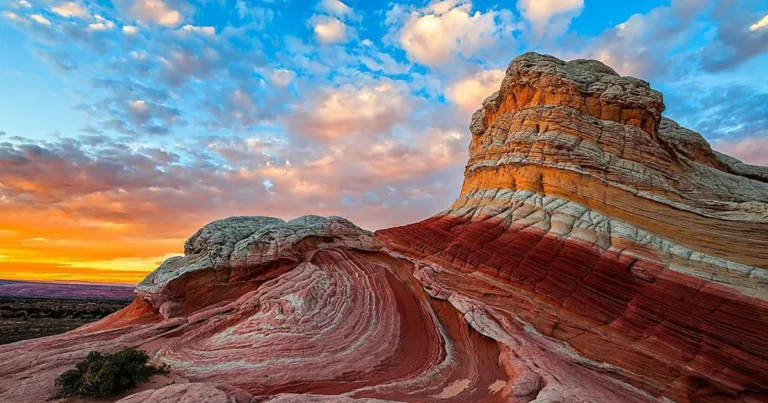Who needs a rocket ship to Mars when you can find alien landscapes right in your own backyard?
The United States harbours some of the most otherworldly destinations on Earth, where Mother Nature decided to get creative after watching too many sci-fi movies.
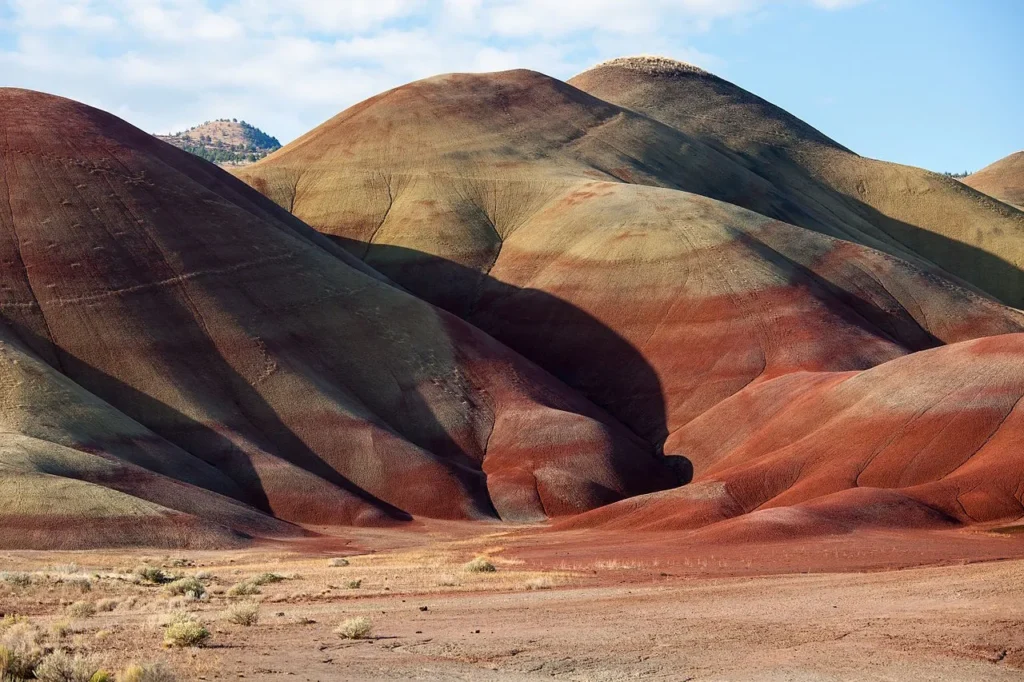
Unique Places in the US
From rainbow-coloured hills that appear to have been dipped in cosmic paint to geysers that seem straight out of a fantasy novel, these 10 incredible locations prove that sometimes the most extraordinary journeys begin with a simple road trip.
1. Antelope Canyon, Arizona

Tucked away near Page, Arizona, Antelope Canyon stands as one of the most photographed slot canyons in the world. The canyon is divided into Upper Antelope Canyon, known as “The Crack,” and Lower Antelope Canyon, referred to as “The Corkscrew.”
What makes this place truly extraterrestrial is the interplay of light and shadow. When sunbeams pierce through the narrow openings above, they create columns of light that illuminate the canyon’s smooth, undulating walls in shades of orange, red, and purple.
Interestingly, the canyon can be dangerous during monsoon season, as flash floods can fill the narrow passages within minutes, transforming this serene beauty into a raging torrent.
2. Fly Geyser, Nevada
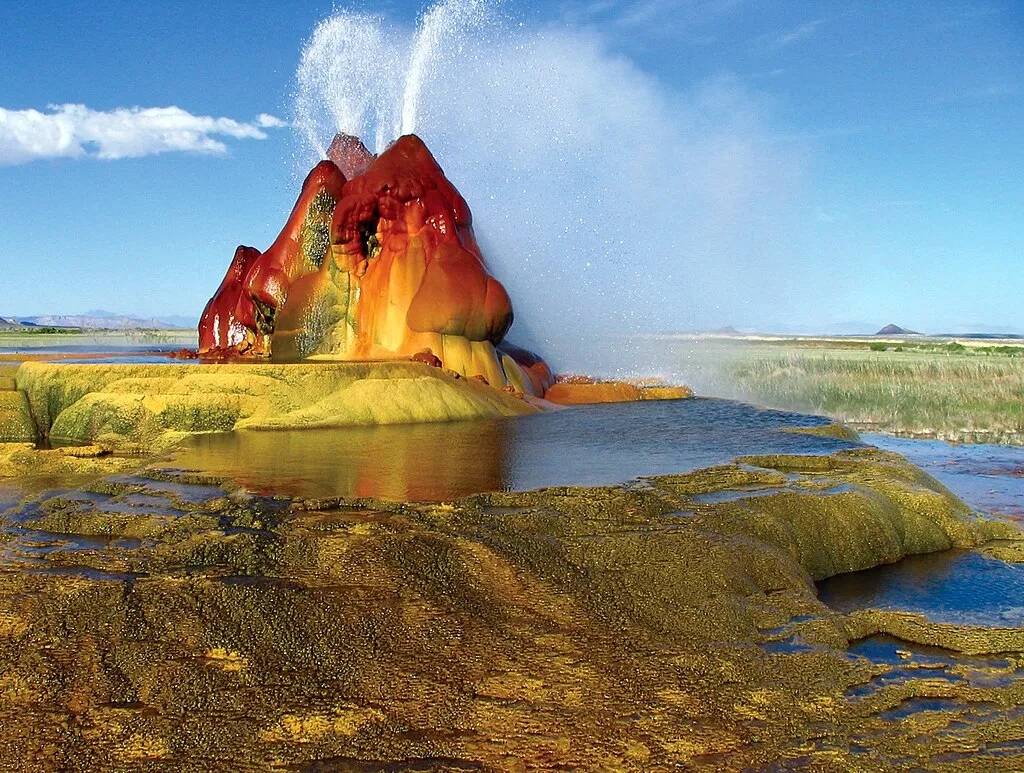
Rising from the desolate Black Rock Desert like something from another dimension, Fly Geyser is a happy accident of human intervention.
Created in 1964 when a geothermal test well was improperly sealed, this continuously growing formation has been spewing hot water for nearly 6 decades, creating terraced mineral deposits that reach heights of 5 feet.
The geyser’s alien appearance is enhanced by thermophilic algae that thrive in the warm, mineral-rich environment, painting the structure in vibrant reds, greens, and yellows.
The surrounding area features numerous smaller geothermal features and colourful mineral pools that create an almost Martian landscape.
Fun fact: the water temperature consistently reaches 200°F, and the mineral buildup continues to grow at a rate of several inches per year.
3. The Wave, Arizona
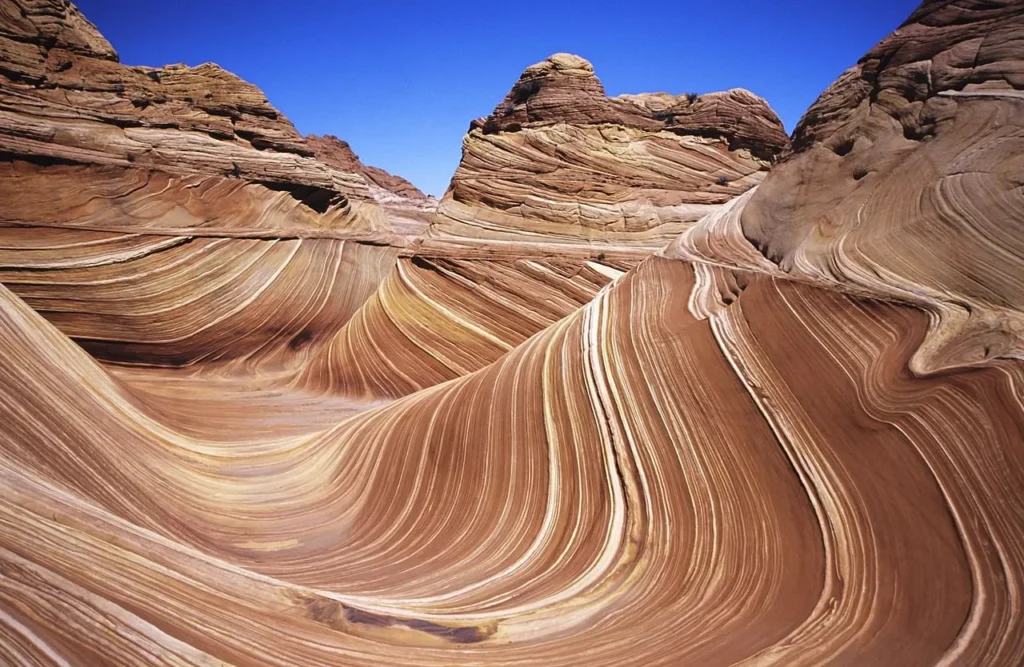
Hidden within the Coyote Buttes North area of the Paria Canyon-Vermilion Cliffs Wilderness, The Wave represents one of nature’s most surreal masterpieces.
The formation’s distinctive appearance results from cross-bedded sandstone layers that were deposited during the Jurassic period when the area was covered by a vast sand dune desert. Wind and water erosion have exposed these layers, revealing the intricate patterns that make The Wave so mesmerising.
Access is strictly limited to protect this fragile formation – only 20 permits are issued daily, with 10 available through an online lottery and 10 through a walk-in lottery the day before.
4. Mono Lake, California
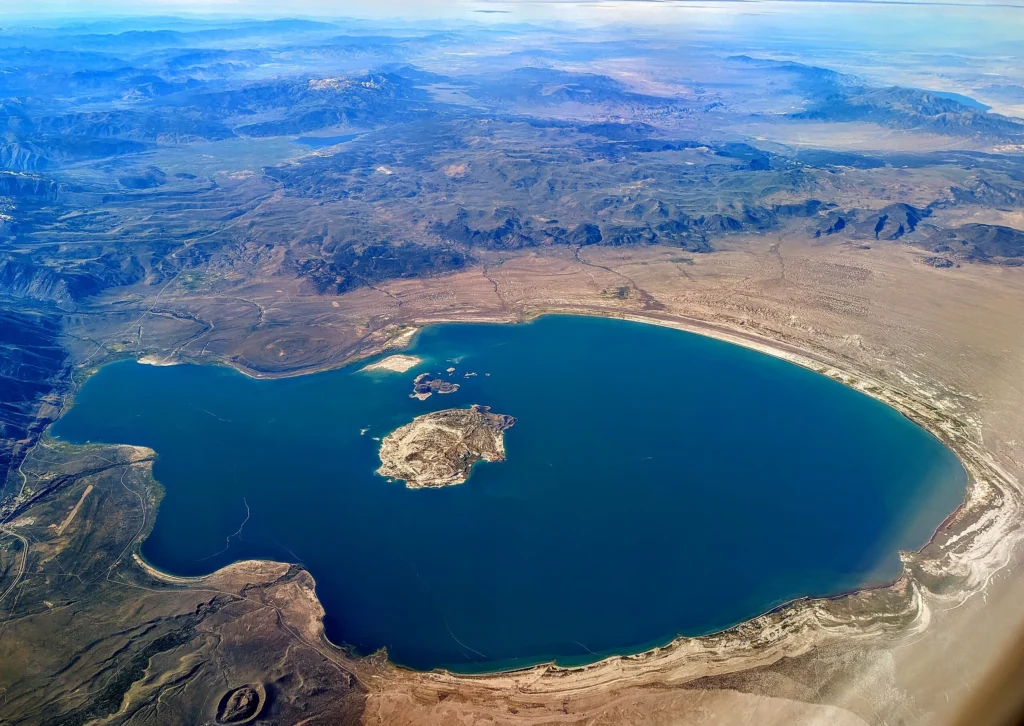
Mono Lake, one of North America’s oldest lakes at over one million years old, presents a landscape that seems lifted from an alien world.
The lake’s most striking features are its limestone tufa towers – bizarre, knobby spires that rise from the water like ancient alien structures. These formations were created underwater when calcium-rich freshwater springs mixed with the lake’s carbonate-rich waters, precipitating limestone.
The lake’s extreme salinity (2.5 times saltier than the ocean) and alkaline conditions support unique ecosystems, including trillions of brine shrimp and alkali flies that form the base of a food web supporting millions of migratory birds.
The lake has no fish due to its harsh chemical composition, but its alien-like qualities have made it a popular filming location for science fiction movies.
5. Bryce Canyon National Park, Utah
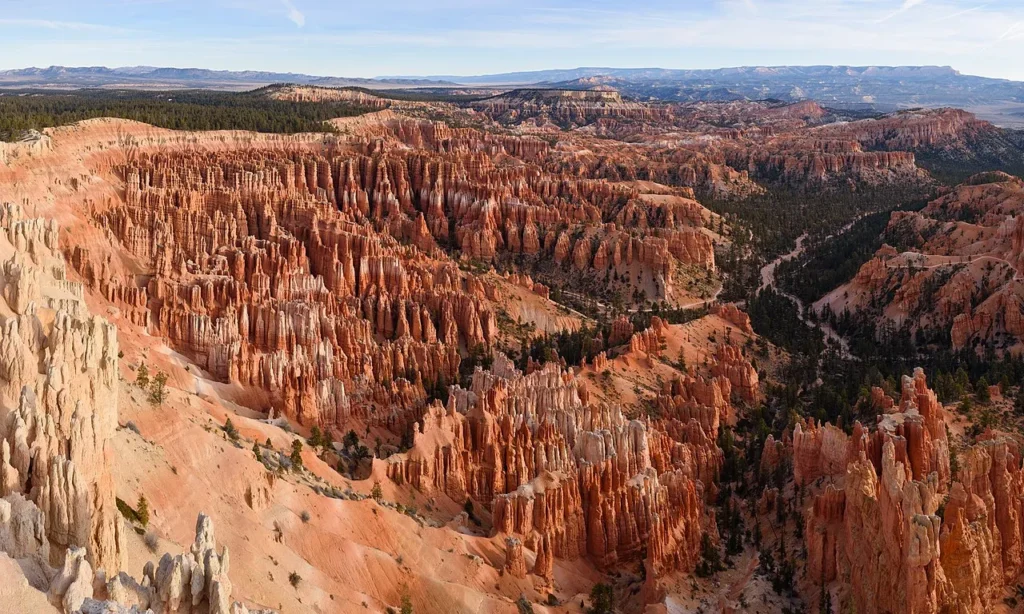
Despite its name, Bryce Canyon isn’t actually a canyon but a collection of natural amphitheatres carved into cliffs. The park’s defining features are its hoodoos – tall, thin spires of rock that rise like an alien city’s skyline.
These formations were created through frost wedging, where water freezes and expands in rock cracks during cold nights, gradually breaking the rock apart.
The hoodoos display a spectacular range of colours from white and yellow to orange and red, created by different minerals in the rock layers.
The most famous viewpoint, Sunrise Point, offers breathtaking views of these stone spires, especially during golden hour when they seem to glow like alien beacons. The park experiences over 200 freeze-thaw cycles annually, meaning the landscape is constantly evolving!
6. Craters of the Moon National Monument and Preserve, Idaho

Spanning 750,000 acres, Craters of the Moon offers the closest thing to a lunar experience without leaving Earth. This volcanic wonderland was created by eruptions along the Great Rift, a 62-mile-long crack in the Earth’s crust.
The most recent eruptions occurred about 2,000 years ago, creating a landscape of hardened lava flows, cinder cones, and lava tubes that mirrors the Moon’s surface so closely that NASA astronauts trained here for lunar missions.
The monument contains the deepest known lava tube in the United States, Indian Tunnel, which visitors can explore. The area’s otherworldly appearance was so convincing that it served as a stand-in for alien planets in numerous Hollywood productions!
7. Painted Hills, Oregon
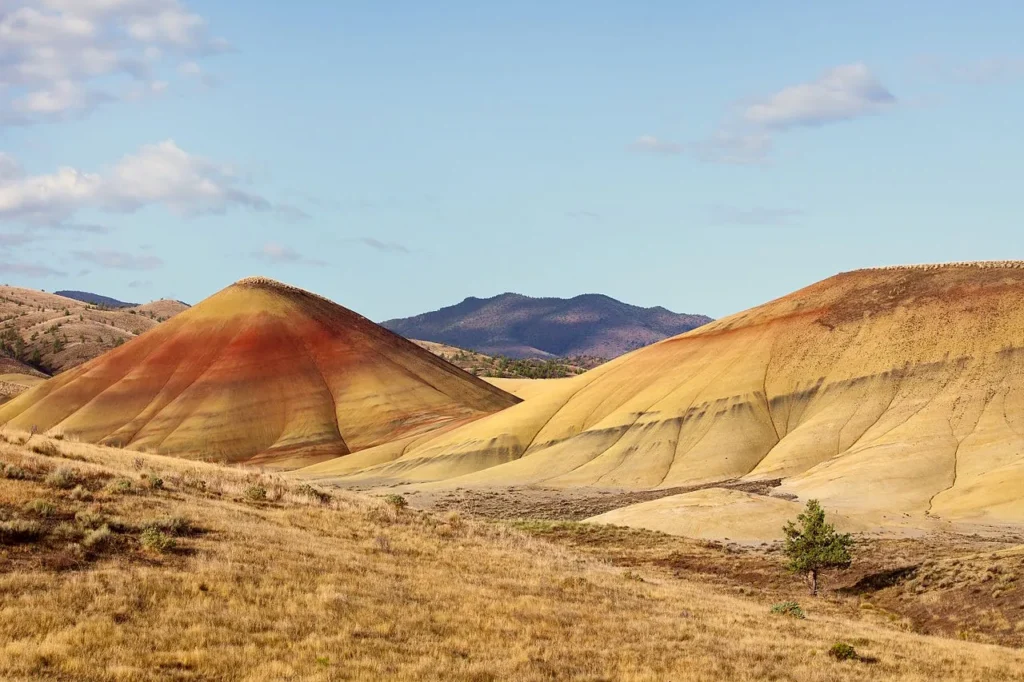
Part of the John Day Fossil Beds National Monument, the Painted Hills showcase 35 million years of geological history in vivid colour bands that shift and change throughout the day.
These claystone hills were formed from ancient volcanic ash and river sediments, with each colored layer representing different climatic periods in Earth’s history.
The red layers indicate warm, humid climates when iron oxide formed, while the yellow bands represent drier periods. The black layers contain organic matter from ancient soils.
The hills’ colours are most vibrant after rain and during late afternoon light. The area is also famous for its fossil beds, containing some of the world’s most complete records of Cenozoic Era plant and animal life.
8. Badlands National Park, South Dakota
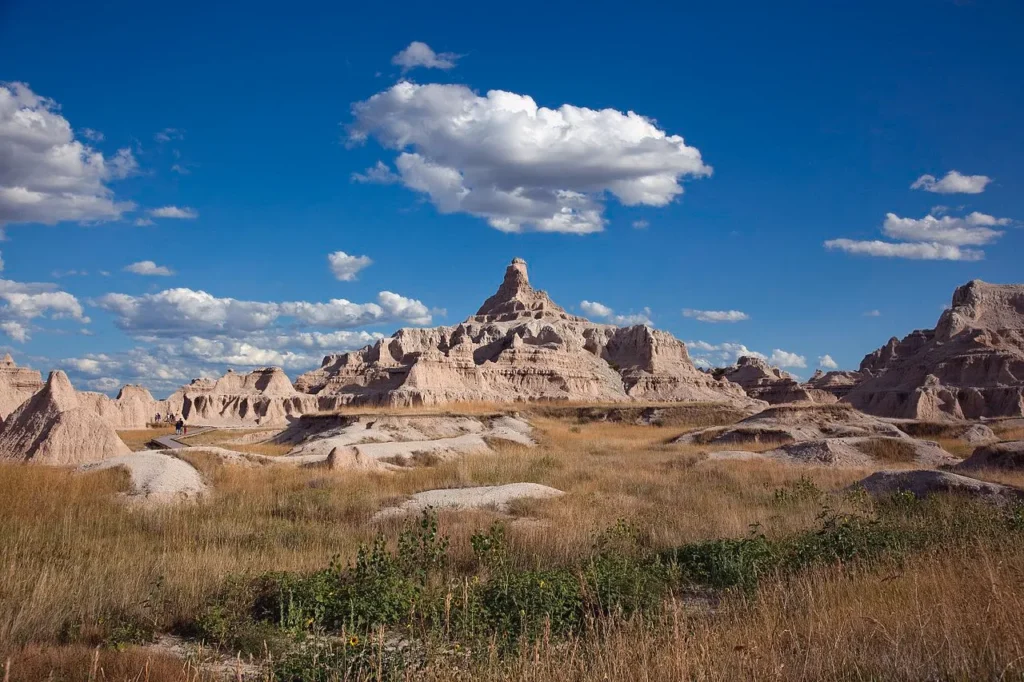
The Badlands’ sharply eroded landscape of layered rock formations creates a scene so reminiscent of Mars that it’s often called “America’s Badlands.”
These formations were created over 75 million years ago when the area was covered by a shallow sea. As the sea receded, erosion carved the dramatic buttes, pinnacles, and spires we see today.
The sedimentary layers contain one of the world’s richest fossil beds, preserving ancient mammals from 23 to 35 million years ago. The White River Badlands formations erode at a rate of one inch per year, making this one of the most rapidly changing landscapes in the world.
The extreme temperature variations – from over 100°F in summer to -40°F in winter – add to the harsh, alien-like environment.
9. Devils Tower, Wyoming
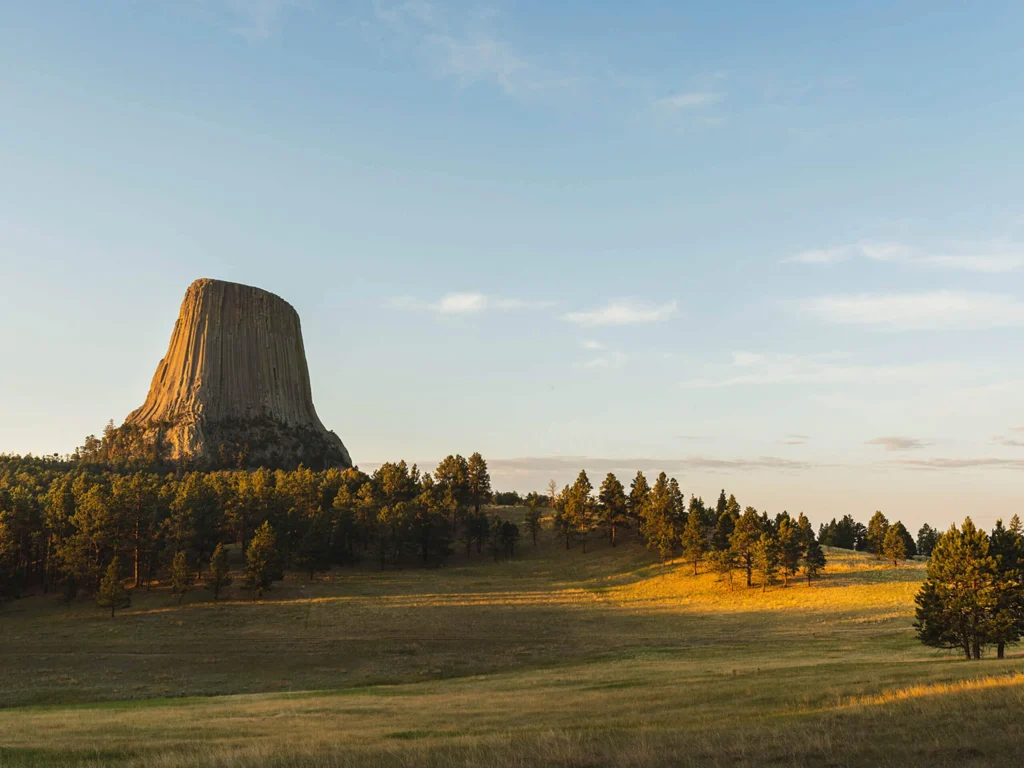
Rising 1,267 feet above the Belle Fourche River, Devils Tower is an igneous intrusion that was formed underground and later exposed by erosion.
This iconic monolith, America’s first National Monument, displays remarkable vertical columns created as the molten rock cooled and contracted. The tower’s flat top covers 1.5 acres and supports prairie grass and wildlife.
Native Americans have over 20 different names for the tower, many translating to “Bear’s Lodge,” referencing legends about bears clawing the rock face to create the vertical striations.
Rock climbers from around the world come to scale its challenging faces, though climbing is voluntarily restricted during June to respect Native American ceremonies. The tower’s alien appearance is so convincing that it continues to attract UFO enthusiasts and conspiracy theorists!
10. White Sands National Park, New Mexico
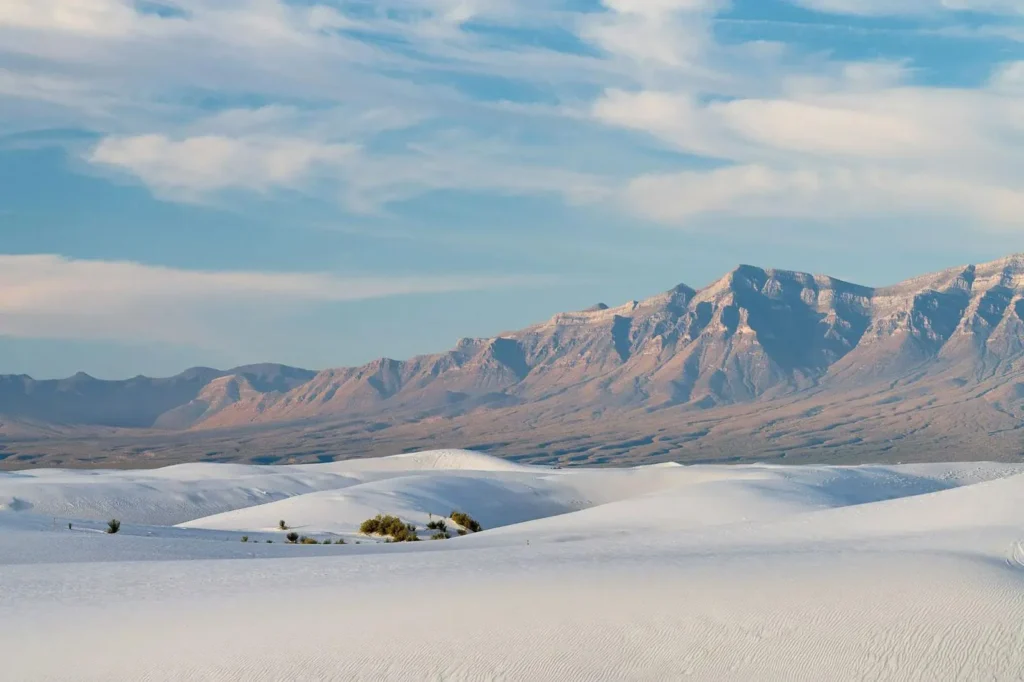
Covering 275 square miles, White Sands contains the world’s largest gypsum dune field, creating an alien landscape of brilliant white sand that can be seen from space.
Unlike typical sand dunes made of quartz, these dunes are composed of pure gypsum crystals that don’t retain heat, allowing visitors to walk barefoot even in blazing temperatures.
The dunes are constantly moving, migrating up to 30 feet per year and burying everything in their path, including roads that must be regularly cleared.
The park’s otherworldly beauty has made it a popular filming location for science fiction movies and music videos, with its pristine white landscape serving as the perfect alien planet backdrop.
Bottom Line
These 10 extraordinary destinations prove that you don’t need a NASA budget or a physics degree to experience otherworldly wonders – just a good pair of hiking boots and a sense of adventure.
From accidental geysers to ancient geological masterpieces, America’s alien landscapes remind us that our planet is far stranger and more beautiful than we often realise.
So the next time someone asks if you believe in aliens, just tell them you’ve already visited their neighbourhoods right here on Earth – and the parking was free!
Stay tuned with us. Further, follow us on social media for the latest updates.
Join us on Telegram Group for the Latest Aviation Updates. Subsequently, follow us on Google News

